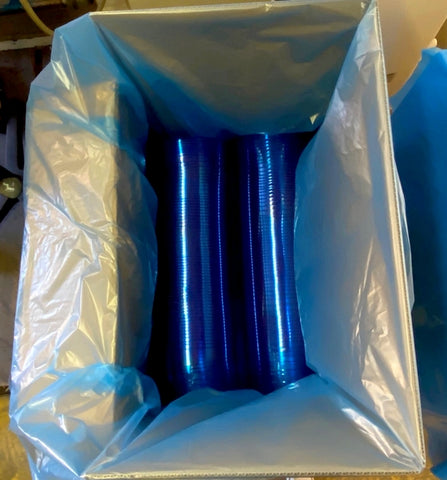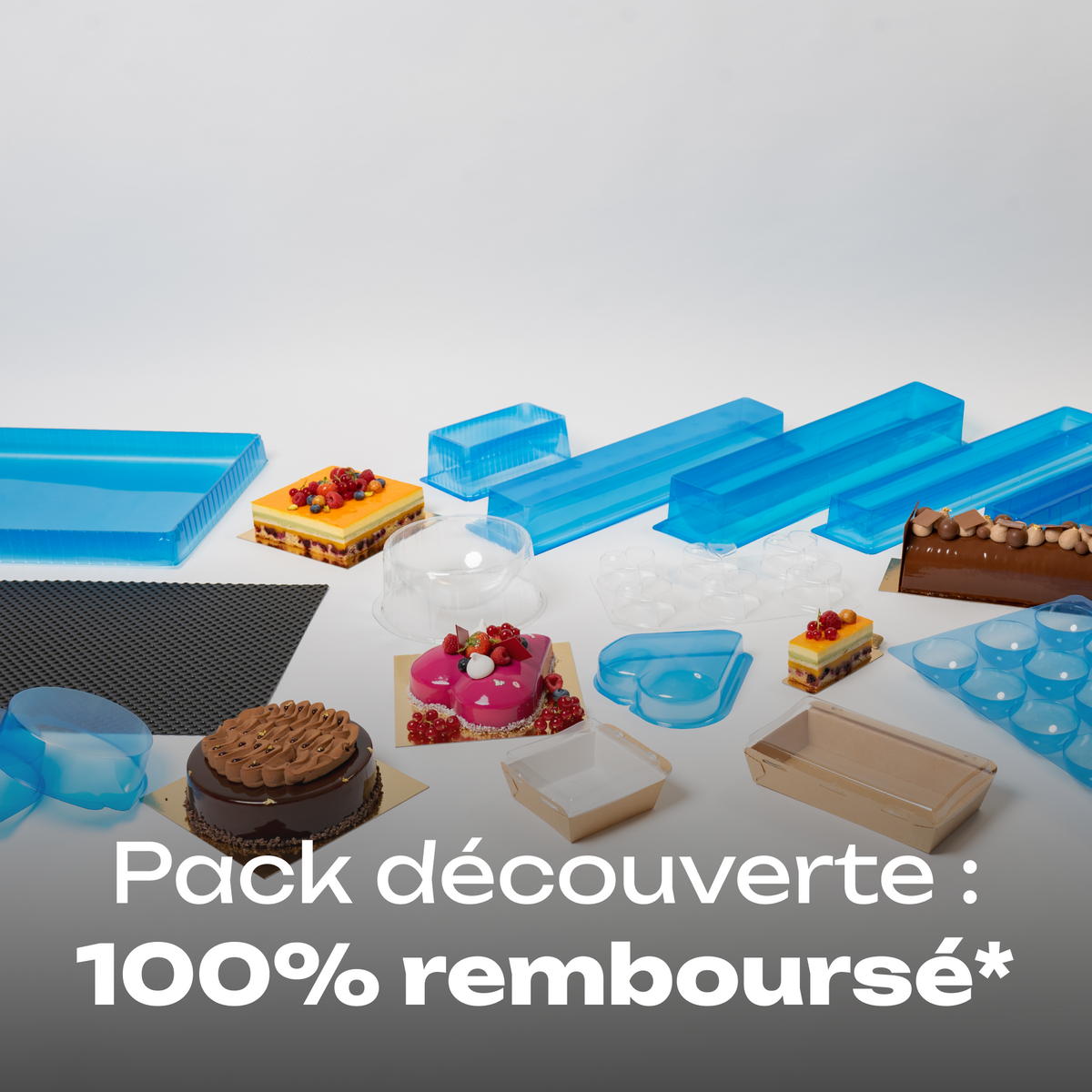Hygiene in pastry: why choose plastic molds?

As a professional you know, the production of food products, and particularly pastries, requires compliance with strict hygiene standards to guarantee the food safety of consumers and preserve the quality of finished products.
But beyond consumer safety, it is also the brand image of your pastry that is at stake: health controls carried out by the State must highlight compliance with the rules in force, under penalty of sanctions. .
So what are the risks and good practices in terms of hygiene in baking?
Hygiene rules and controls in pastry making
Hygiene standards for the pastry sector are referenced in the “ Guide to good hygiene practices in pastry making ”, published by the Confédération Nationale de la Boulangerie-Pâtisserie Française. This guide highlights the importance of maintaining clean and contaminant-free equipment, a fundamental requirement to prevent the risks of microbial and chemical contamination that could affect pastry products.
In addition to the health aspect, the image and reputation of the pastry are also at stake: checks carried out by inspectors from the departmental population protection directorate (DDPP) are in fact more and more frequent. As the article published in “Le Monde des Boulangers ” points out, controls on state services have intensified, particularly in Ile de France in anticipation of the 2024 Summer Olympics, and sometimes give rise to administrative closures.
New: your “hygiene score” made public
The importance of being rigorous with hygiene rules has become all the more important since the results of these checks are publicly available and can quickly tarnish a reputation.
Hygiene levels following health inspections are now made public and accessible to consumers via the website https://www.alim-confiance.gouv.fr/ . In two clicks, everyone can now access, when the establishment has been inspected, the date of the inspection as well as the hygiene rating assigned to it, between 1 and 4. All the more reason to scrupulously respect the recommendations sanitary and avoid bad publicity.
So what instructions should be applied to apply high hygiene standards, and why are plastic molds an ideal solution to maintain it?
Cleaning baking molds: good practices

If you use traditional silicone molds or stainless steel circles and frames , it is imperative to disinfect them after each pastry production; for this one of three solutions can be adopted:
- washing followed by soaking the equipment in water containing a disinfectant or in bleached water, careful rinsing
- washing with a detergent-disinfectant, taking care to first eliminate as much food residue as possible (depending on the material)
- washing then disinfection in an oven (at more than 180°C for 10 minutes) for metal equipment.
The molds must then be returned and stored away from dust until their subsequent reuse.
Tedious steps, which take time, do not produce added value, and require great rigor to constantly respect health standards.
With plastic molds: no hygiene problems

☐ Do you no longer want your staff to spend hours cleaning?
☐ Do you want to save time setting up your molds?
☐ Do you want to ensure maximum hygiene in production?
☐ Do you want to bring modernity to your lab?
If you checked one of these 4 options, the plastic baking mold is the solution you need . Why are they preferable to silicone or stainless steel molds in terms of hygiene?
✅ Plastic molds are manufactured in compliance with health rules relating to products in contact with foodstuffs. PETIT is also able to provide you with food certificates for each of its references.
✅ As soon as they are thermoformed, the molds are visually checked and then directly placed in a blue food bag, which is itself placed in a cardboard box, to ensure that no dust or foreign bodies infiltrate.
✅ When you receive the box in your lab, simply open it, take the number of molds you need for your production, then close the blue bag to store the remaining molds away from dust or dirt. possible.
✅ The molds taken out of their covers can be used directly : place them on your plate or rack, and proceed to assemble your desserts, logs or large format cake in a frame mold
✅ The molds can then be placed in the freezer, stacked to avoid icing, and avoid altering the taste or texture of your cake
✅ After unmolding, you can throw the mold into the recycling bin , or choose to reuse it by following the washing instructions indicated on our product sheets.
With plastic molds, there is no risk of finding food residue, dust or other elements that could promote bacterial development. In terms of hygiene, it is the most effective solution for your pastry production.
Are you not convinced ?
If you still have doubts, the best way to convince yourself is to test plastic molds : our “ discovery pack ” offer is made for that!
Made up of different types of molds from the best-sellers and some fancy molds, this pack allows you to test the plastic molds for free , since on the first order, you will be refunded!
Visit the dedicated page to order it and receive it within a few days ↓



